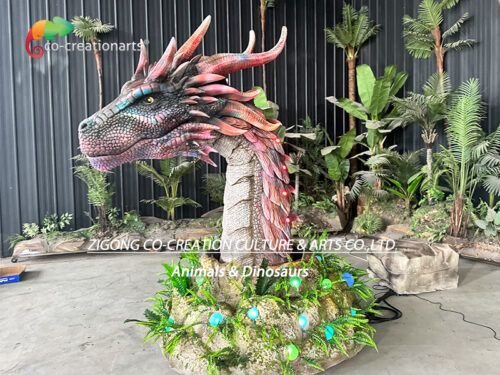Chinanews.com Beijing, November 30 (Reporter Sun Zifa) In a new evolution paper published in Nature Communications, a Springer Nature journal, researchers describe the partially preserved skulls of two lizard species from the late Jurassic period (about 145 million years ago) in North America. Both fossils belong to the squamous crowns (the group that contains living lizards), providing new insights into the relationships of groups within this clade.
Fossils of early squamous evolution are limited and often poorly preserved, with the oldest uncrushed bone material available dating from the Cretaceous period (145.5 million to 65 million years ago), the paper said. There are a number of possible snakes, geckos, skink and other fossils from the Jurassic Period (about 200-145.5 million years ago), and their varying state of preservation means that their relationship to more recent fossils is unclear. Overall, the condition of the fossils makes the radiation and diversity of this group very unclear, limiting assumptions about the geographical distribution of the squamous group.
Lead author and corresponding author Chase Brownstein of Yale University and colleagues analyzed the anatomy of two newly discovered lizard fossils, Eoscincus ornatus and Microteras borealis, from the late Jurassic of North America. The results show that the fossils belong to a group that also includes skink, ring-tailed lizard, night lizard, naked eye lizard, whiptail lizard, wall lizard and vermicomonas.
They point out that the fossils in this study possess ancestral features not seen in more recent samples of this group, highlighting differences between evolutionary trees of squamous species based on morphological and genetic data. At the same time, combined with the evolution and expansion of dinosaurs, mammals and turtles, the expansion of the Atlantic Ocean is related to the ecological geography of terrestrial vertebrates.
The authors of the paper say their work supports an understanding of events that led to morphological innovation in reptiles and how early scaly species evolved into today’s lizards. (End)







